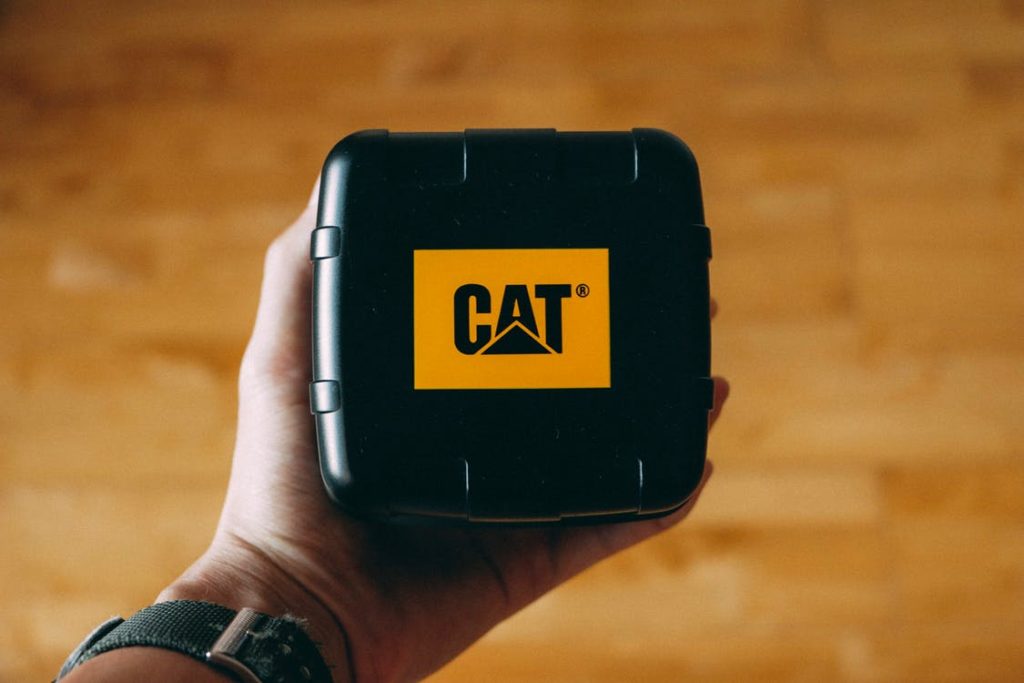For orders and details please call 726-999-0231
Everything You Need to Know about Remapping Your Car’s ECM

The Engine Control Module is something like the brain of your truck. It controls a wide range of mechanisms in the car—the acceleration, airflows through the engine, and even torque distribution.
It does so by collecting data from the sensors placed throughout the vehicle and responding to the signals that affect things like speed, handling, and fuel consumption.
Remapping your ECM changes the way it responds to the collected data—so when you take your ECM for a tune-up, the technician tailors ECM responses according to your needs. As a result, the truck becomes faster or more fuel-efficient—precisely as you need it to be.
The Mechanism of the ECM
It’s easier to understand how an ECM works if you compare it to the human brain.
If you touch something hot, the nerves in your hands send signals to the brain—which then generates the sensation of warmth and the signals to move your hand in response. Something similar happens in the ECM.
The Engine Control Module gathers data from the various sensors installed in your vehicle to respond according to the information it receives—just like the brain with the nerves. If you press on the gas throttle, the ECM receives the signal and pumps more fuel into the engine to make the truck go faster.
But the question for us is: what’s remapping got to do with any of this?
This question’s also easily answered if you think of how humans get used to certain sensations or become more sensitive to them.
Let’s say you’ve handled a lot of hot things to the point that it doesn’t hurt as much or if you’ve developed some new fear of clowns.
In either situation, the human brain just responds differently to the same external data it received in the past. This process of increased or decreased sensitivity is also what happens to an ECM when you remap it.

The Engine Remapping Process
When you take in your truck to get the ECM remapped, the technician will connect it to a computer to make changes in the ECM’s software. Once connected, they’ll see the threshold values at which the ECM is programmed and alter how your ECM responds to external data.
So if the ECM was initially programmed to accelerate at a rate of 2m/s2 if you slightly press the pedal, they could change the setting, so it accelerates at 3m/s2 in response to the same amount of pressure.
As a result, the ECM will pump more fuel into the engine to make it go faster without you having to press down harder on the pedal. In a sense, your technician will make the ECM much more sensitive to the pressure placed on the accelerator.
Why Do You Need to Remap Your ECM?

While Caterpillar vehicles are a few of the most fuel-efficient heavy-duty vehicles in the market, commercial construction fleet owners are still at pains to reduce fuel consumption costs. Surveys suggest that the fuel costs are 35% higher for heavy-duty vehicles in cities—which are also often where you need these vehicles the most. An ECM remap can significantly improve your fuel economy to reduce your fleet’s operating costs.
Additionally, it’s also possible to make your trucks and construction vehicles faster and generate more power through the ECM. With these changes, you can make your construction fleets cost-effective, efficient, and cater to greater service demand than before.
CATECM specializes in CATECM replacements and repairs. Our technicians have years of experience dealing with ECM problems for Caterpillar vehicles, offering services throughout the United States.
Get in touch with us today for more information on our services, which include truck ECM replacements, marine ECM repairs, ECM remanufacturing, and more.

